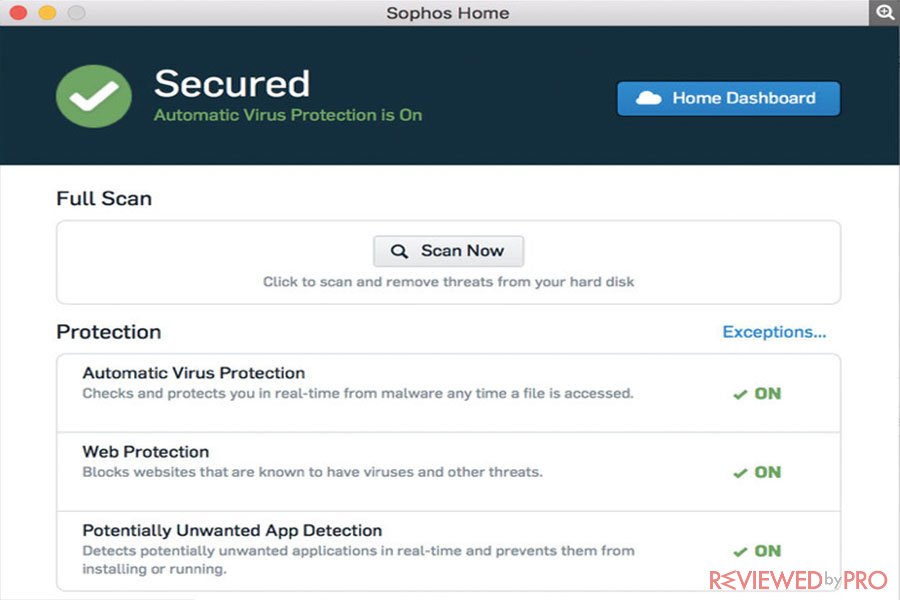

- Avast vs antivirus zap mac for mac#
- Avast vs antivirus zap mac cracked#
- Avast vs antivirus zap mac install#
- Avast vs antivirus zap mac update#
If the file is opened with macros enabled (which doesn’t happen by default), it will attempt to run python code that could have theoretically perform functions such as keyloggers and taking screenshots. However, the 2011 version of Office reintroduced macros, and there has now been malware discovered in a Word macro, in a Word doc about Trump.
Avast vs antivirus zap mac for mac#
Mac versions of these programs haven't had an issue with malware concealed in macros because since when Apple released Office for Mac 2008 it removed macro support. When these document are opened the macros are run automatically which can cause problems. Applications, such as Microsoft Office, Excel, and Powerpoint allow macro programs to be embedded in documents. PC users have had to contend with macro viruses for a long time.


In this case the phishing attempt would have been activated via a Flash file, and since Apple has stopped Flash opening by default, again this is unlikely to have affected you. It was located on a fake site designed to target the US defence industry (so likely not yourself). The MacDownloader malware is thought to have been created by Iranian hackers and was specifically targetted at the US defense industry.
Avast vs antivirus zap mac update#
The best way to avoid such attacks is to always check on Adobe's site to see if there is an update to Flash you should be installing. Luckily the threat seems to be contained for now: the remote server it the malware tries to connect is now offline. You'll be asked to click to "remove" the adware, and when you enter your password on your Mac the MacDownloader malware will attempt to transmit data including your Keychain (so that's your usernames, passwords, PINs, credit card numbers) to a remote server. When the installer is run you'll get an alert claiming that there is adware on your Mac. In February 2017 researchers found the MacDownloaded software lurking in a fake update to Adobe Flash.
Avast vs antivirus zap mac install#
It would gain root privileges and create a new account in order to install more software, according to Cybereason researcher Amit Serper in this report.
Avast vs antivirus zap mac cracked#
OSX/Pirrit was apparently hidden in cracked versions of Microsoft Office or Adobe Photoshop found online. It's thought to be the work of the APT28 cybercrime group, according to Bitdefender. Xagent is capable of stealing passwords, taking screenshots and grabbing iPhone backups stored on your Mac. The best way to avoid falling fowl to such an attempt in the future is not to respond to emails that require you to enter a password or install anything. OSX/Dok was targeting OS X users via an email phishing campaign. The attacker could gain access to all victim communication by redirecting traffic through a malicious proxy server, there's more information about how the attack worked here. Apple has since revoked that developer certificate and updated XProtect, it’s malware signature system. Because the malware had a certificate, macOS’s Gatekeeper would have recognized the app as legitimate, and therefore not prevented its execution. It is likely that the hackers accessed a legitimate developers’ account and used that certificate. OSX/Dok was even signed with a valid developer certificate (authenticated by Apple) according to CheckPoint’s blog post. The macOS Trojan horse appeared to be able to bypass Apple’s protections and could hijack all traffic entering and leaving a Mac without a user’s knowledge - even traffic on SSL-TLS encrypted connections. Security analysis firm CheckPoint Software Technologies spotted a new OS X malware at the end of April 2017.


 0 kommentar(er)
0 kommentar(er)
